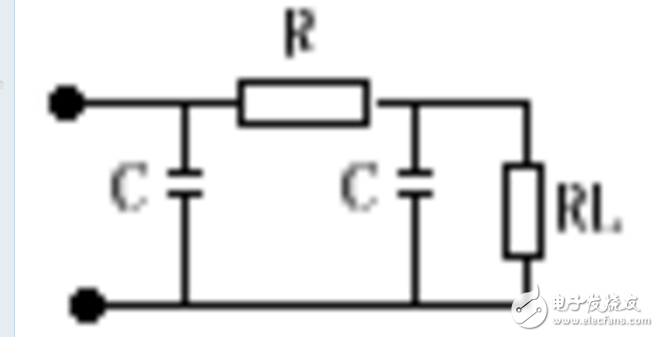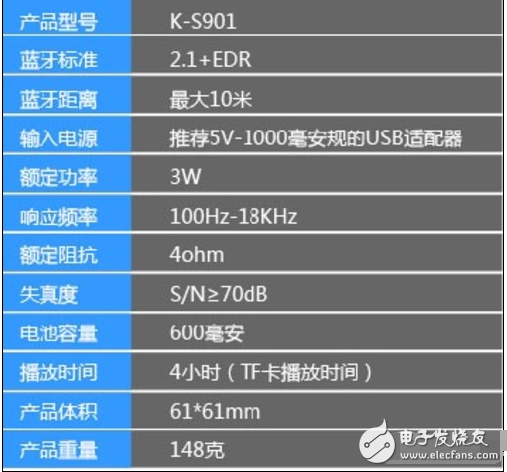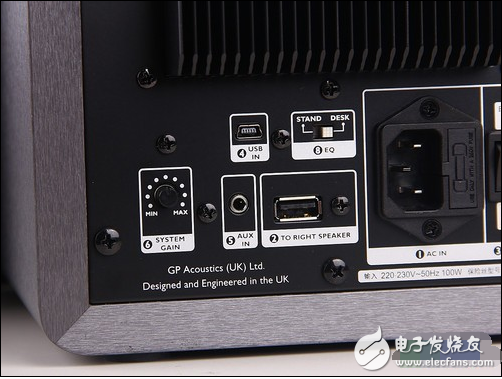Signal-to-noise ratio, the English name is called SNR or S/N (SIGNAL-NOISE RATIO), also known as signal-to-noise ratio. Refers to the ratio of signal to noise in an electronic device or electronic system. The signal here refers to an electronic signal from outside the device that needs to be processed by this device. Noise refers to an irregular extra signal (or information) that does not exist in the original signal generated after passing through the device, and the kind The signal does not change as the original signal changes. The same is that "the original signal does not exist" and there is another thing called "distortion". The distortion and noise actually have a certain relationship. The difference between the two is that the distortion is regular, and the noise is irregular. This will be discussed later. The unit of measure for signal-to-noise ratio is dB, which is calculated as 10 lg (PS/PN), where Ps and Pn represent the effective power of the signal and noise, respectively, and can also be converted into the ratio of the voltage amplitude: 20 Lg (VS/VN) , Vs and Vn represent the "effective values" of the signal and noise voltages, respectively. In an audio amplifier, what we want is that the amplifier should not add anything extra than the amplified signal. Therefore, the higher the signal to noise ratio should be. In a narrow sense, it refers to the ratio of the power of the output signal of the amplifier to the noise power of the simultaneous output. It is often expressed in decibels. The higher the signal-to-noise ratio of the device, the less noise it produces. In general, the larger the signal-to-noise ratio, the smaller the noise mixed in the signal, and the higher the sound quality of the sound playback, otherwise the opposite. The signal-to-noise ratio should generally not be lower than 70dB, and the signal-to-noise ratio of high-fidelity speakers should reach 110dB or more. SensiTIvity refers to the degree of change in the response of a method to a unit concentration or a unit amount of a substance to be tested. It can use the ratio of the instrument's response or other indicator to the concentration or amount of the corresponding substance to be tested. description. Sensitivity is a measure of the physical instrument's sensitivity to the measured displacement rate of the sensitivity indicator. In particular, electrical instruments focus on the sensitivity of the instrument. Through the study of sensitivity, the understanding of the structure and principle of the instrument can be deepened. Why is there noise? We all know that we live in a complex electromagnetic field. Sound sources, power amplifiers, etc. are not only subject to external electromagnetic interference, but also have electromagnetic interference inside. These disturbances can have a very significant effect on the signal. How to remove these interferences? One is the analog method. The most common one is the RC circuit, which is a resistor and capacitor in parallel in the circuit (see figure). One is the digital method, which is to remove the noise through various algorithms. Most sound sources are now filtered using an analog-to-digital combination. The audio signal-to-noise ratio is the ratio of the normal sound signal strength to the noise signal strength when the audio device is playing. When the signal-to-noise ratio is low, the noise is severe when the small signal is input, and the sound in the entire range is obviously murky. I don't know what sound is emitted, which seriously affects the sound quality. The magnitude of the signal to noise ratio is expressed as the logarithm of the ratio of the useful signal power (or voltage) to the noise power (or voltage). The unit thus calculated is called "Bell". In practice, because Bell is too large, it uses one tenth of it to calculate the unit, called "decibel." For portable DVDs, the signal-to-noise ratio should be at least 70dB (decibel) or more. This should be correct for the amplifier, the sensitivity generally refers to the voltage of the signal applied to the input when the rated output power or voltage is reached, so it is also called input sensitivity; for the speaker, the sensitivity refers to the input power of 1W to the speaker. How many decibels of sound pressure can be produced at a distance of 1 meter in front of the horn. ◠Sensitivity This indicator indicates the sound pressure level measured at 1 meter in front of the axis perpendicular to the speaker plane when a 1W, 1000Hz sound signal is input to the speaker. Usually the lower the input signal, the higher the sensitivity of the speaker's response. In general, the sensitivity of the speaker is 3dB, and the sound pressure of the output will be about doubled. According to the regulations, the sensitivity of 87dB is set to the mid-range level, and the lower than 84dB is called the low sensitivity. At a size of 90 dB, it is called high sensitivity. Often, the sensitivity of the speaker is often increased at the expense of distortion, so the sensitivity of the speaker should not be too high. Sensitivity and signal-to-noise ratio parameters are available on the general speaker's parameter list. ◠Signal to noise ratio The signal-to-noise ratio indicates the ratio of the sound signal and the noise signal played back by the speaker under normal conditions. It directly affects the sound quality of the speaker. Generally, the lower the signal-to-noise ratio, the lower the input signal, the more likely the speaker is to have more serious noise, and the sound in the entire range becomes murky. I don’t know how to send it. What is the sound. In order to ensure the sound effect, it is recommended that speakers with a signal-to-noise ratio of 80dB or more can be included in the purchase range. Even Bluetooth audio values ​​will be marked ◠Scalability The scalability indicator indicates whether the speaker supports simultaneous input of multi-channel audio signals, whether it has an output interface connected to a passive surround speaker, whether it supports USB input or other digital input forms. In general, a speaker with high scalability will have better adaptability in the future, and the compatibility with other multimedia devices will be better. Therefore, it is recommended that you choose a speaker with high scalability. Make sure your speakers won't be eliminated in a few years. The expandability of the speaker interface is also quite noteworthy. Written at the end: Some of these parameters can be said that everyone often notices, but for the degree of distortion, the ratio of noise to noise, only some old fans can fully understand and pay attention, and most people may ignore this. Although as a normal speaker consumer we have no meaning to fully analyze the rationale of these parameters, but in the most basic way to know how these parameters are up to standard is still necessary. We hope that after reading this article, we will be able to bring you some help. This kind of popular knowledge will continue to be updated for everyone in the future. Interested friends should continue to pay attention to this channel. Pipe Fittings,Cummins Flexible Hose,Cummins Genuine Flexible Hose,Bellows for Cummins Diesel Engine,Cummins Flexible Hose Replacement Parts Chongqing LDJM Engine Parts Center , https://www.ckcummins.com


